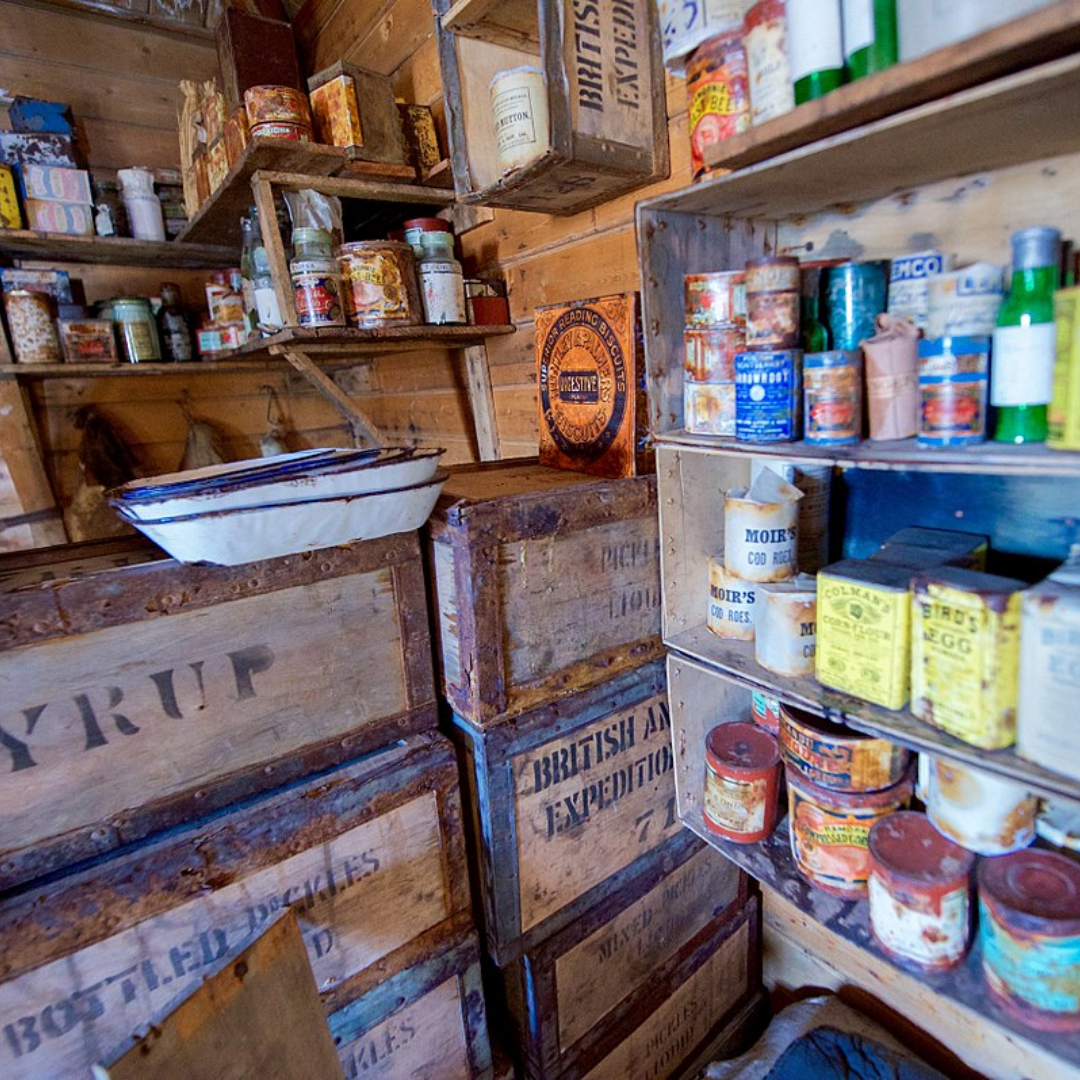The Antarctic Diet: How Food Fuels Science
Most of us have never been to Antarctica. One of the most inhospitable places on Earth, it is the only continent without a major human presence. Nevertheless, some people, namely scientists, do live there for part of the year. As such, where there are people, there must be food. This raises the question: what do people in Antarctica eat?
In this Union Kitchen Guide, we’ll be taking a look at the diet of frigid scientists and explorers. By the end, you’ll see how human ingenuity and food science have made it possible to live in even the coldest climates.
First, a bit of background. Antarctica is the southernmost and fifth-largest continent. A frozen desert, Antarctica holds the title for the coldest place on Earth. Some parts have recorded temperatures as low as -135 Fahrenheit during the winter. With such a hostile environment, it is no surprise that there has never been any mass settlement of the continent. Nevertheless, several countries, Australia, New Zealand, France, Norway, Argentina, Chile, and the UK, do stake territorial claims. Additionally, numerous countries maintain research bases scattered around the frozen land. While many operate exclusively during the Antarctic summer, a select few brave the winter to run year-round.
McMurdo Research Station, run by the United States, is the largest station with a summer population of 1,000 people. This is far larger than any other research station on the continent. Amundsen-Scott, the next largest station, has a summer peak population of just 250. Despite these relatively small populations, feeding the scientists stationed there is a monumental feat that requires human engineering and fortitude.
Many people use the heat of saunas to try to sweat off a few extra pounds. In Antarctica, though, it’s the cold that really causes people to lose weight. Contrary to popular belief, exercise isn’t the only way the body burns calories. The body burns calories doing everything required to function properly. This includes maintaining a proper temperature. The low temperatures of Antarctica force the body to expend a large number of calories maintaining homeostasis, even with all the protective clothes scientists wear. While the USDA recommends most Americans intake between 1,600-3,000 calories a day, scientists working in the field must consume between 3,200-5,000 calories a day.
This requirement for high-calorie intake wasn’t lost on early explorers. Captain Scott, a British explorer who died in a 1912 race to reach the South Pole first, consumed roughly 4,590 calories a day. Taking what he needed by dog sled, Captain Scott’s ration diet consisted of biscuits, pemmican, butter and cheese, sugar, and cocoa.
Today, the Antarctic diet looks a little different. Vegetables, meats and fish, porridge, muesli, chocolate, jam, milk, and drinking chocolates have all found their way into the stomachs of researchers. While old favorites, such as biscuits, sugar, pemmican, butter, and cheese, are still a staple in Antarctic cuisine, they play a much less prominent role. Carb-heavy foods like pasta and pizza remain critically important dishes at all research stations. If all this sounds clinically rudimentary and unappealing, don’t worry. The scientists still know how to have fun. Many stations’ cafeterias will occasionally have themed nights. Researchers from Australia, for example, have enjoyed Indian-style banquets that bring a welcomed change of pace.
Looking at the Antarctic landscape, one will inevitably ask where all the food comes from. Antarctica isn’t exactly the most agriculturally friendly place on Earth. The answer, unsurprisingly, is that it all must be imported. Research stations throughout the frozen continent are resupplied yearly through ships and planes. This is easier said than done, as the harsh nature of the climate presents many obstacles. Because of this, governments have turned to modern preservation techniques, many of which we employ at Union Kitchen, to get the food to where it needs to go. Dehydration, for example, helps governments ship in critical food, while also cutting down on the amount of precious space taken up. Ships and planes are also able to bring in foods like vegetables and fruits by freezing them for weeks on end. This allows the vegetables and fruits to retain their vitamins, which help stave off diseases like scurvy. Despite these resupplies, food remains a precious, scarce resource. This leaves chefs at stations no room for waste.
Picky eaters planning a trip to the land really down under will be disappointed to hear that they will have to lower their standards. Extreme measures are taken to ensure that nothing goes to waste. This includes recycling leftovers into new dishes and ignoring virtually all expiration dates. While food connoisseurs might balk at such ideas, it’s well worth it for the scientists who get to pursue their passions for a living.
In discussions about grand expeditions to far-off lands, the little details about life there often get overlooked. In this Union Kitchen guide, we sought to alleviate this by showing how people down in the frozen continent engage in one of the most human activities: eating. Hopefully, you found this illuminating. For more fascinating guides like this, check out Union Kitchen’s Resource page.


Comments